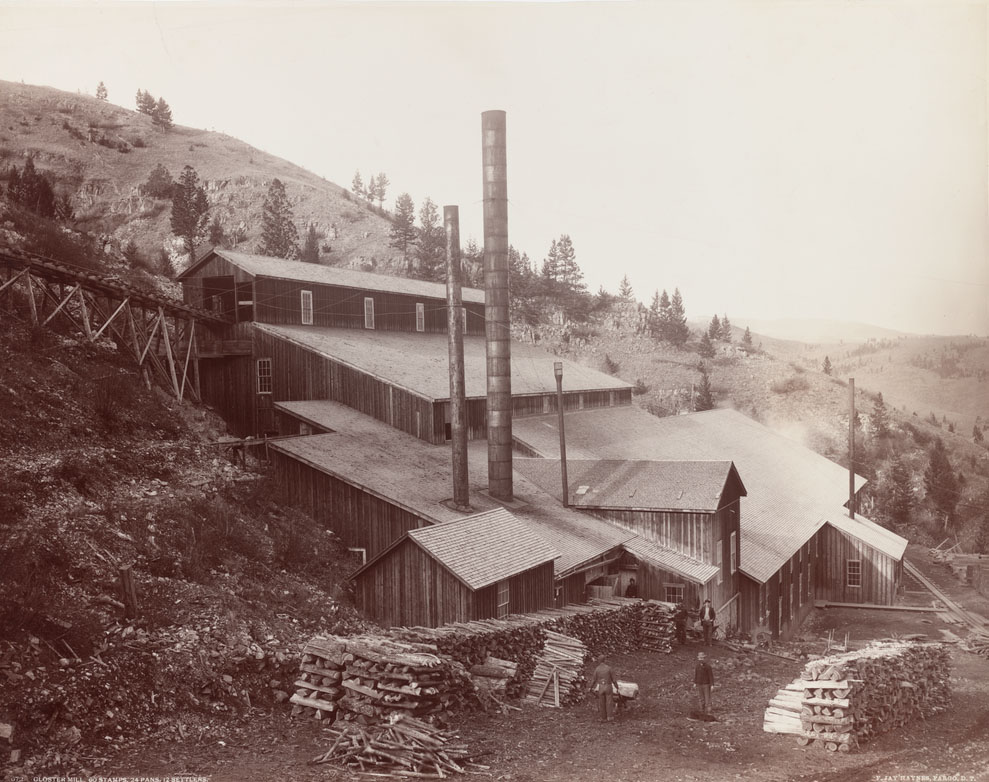One of the first museums to recognize photography as an art form, SFMOMA has more than 17,800 photographic works, dating from the advent of the medium in 1839 to the digital images of today. Deepening and expanding our commitment to photography, the new Pritzker Center for Photography nearly triples the space dedicated to photography, filling the majority of the third floor. Encompassing fifteen thousand square feet, the Pritzker Center is the largest space permanently dedicated to photography in any art museum in the United States. The center includes enhanced permanent collection galleries and new special exhibition galleries, along with a study center and a Photography Learning Lounge.
The print study center gives visiting scholars and students the opportunity for hands-on viewing of prints, drawings, and photographs. The adjacent meeting space promotes collaboration between curators, scholars, artists, teachers, and the public.
Our innovative Photography Learning Lounge lets you experience photography in a whole new way. Through interactive exhibits, you can explore how photography shapes perceptions of California, create a portrait of yourself without showing your face, and more.
Paul Sack Photographic Trust
Paul Sack, a real estate investor, assembled his collection using the criterion that each photograph depict a building that ostensibly could be bought or leased.
Visitors to the Museum and its Study Center can view an ongoing exhibition of selected works from the Paul Sack Photographic Trust collection.
Current Exhibitions
The Modern World through Her Lens
Starting in the 1920s, photographers began to embrace the aesthetic potential of the camera, playing with light, perspective, and abstraction. This movement, known as modernist photography, helped affirm the medium’s acceptance as an art form. These pictures by modernist women photographers working in Europe and the United States, mostly taken during the 1930s, reveal a growing interest in urban and industrial spaces and new architectural schemes. Characterized by clean lines, sharp focus, and repetition of forms, they emphasize structure over subject matter—through experiments with cropping and framing, for instance, and an embrace of shadows, distortions, reflections, off-kilter angles, and solarization. The new lightweight, portable Leica cameras that came out in the 1920s allowed much greater spontaneity and mobility in capturing the modern world from previously inaccessible angles and vantage points. Far from simply documenting this emerging world, these women photographers set out to reimagine what they saw and reinvent its visual impact.
This exhibition will be on view on Floor 3 December 9, 2023–July 7, 2024 and is included as part of General Admission.
Exhibition Preview
American Industry
Industrialization provoked a variety of responses from American photographers, both in terms of a desire to capture the modernizing world as well as the new aesthetic possibilities offered by the geometries of industrial forms. The photographs presented document the transformation of the American landscape: the ruin of the Civil War and the efforts to rebuild that followed the war’s end, the birth of railroads, the effects of mining, and the changing relationship between people and the industrial workplace. All seek to capture something new, whether the destruction of woodland, the building of new factories in the nineteenth and twentieth centuries, or the change in employment practices that saw children tending industrial machines in the Progressive Era. Whether celebrating the growth of America as the world’s industrial powerhouse or highlighting the damage to the natural world, these photographers have a common goal of documenting the multilayered transformations that industrialization brought to the nation.
This exhibition will be on view in the Collections Study Center December 9, 2023–July 7, 2024. To visit the Collections Study Center, please email studycenterappointment@sfmoma.org. We are open by appointment Monday through Friday, 10 a.m.–noon and 1–4 p.m. and strive to accommodate appointments within 2 weeks of your request.
Exhibition Preview
Support for the Pritzker Center for Photography is made possible by the Lisa and John Pritzker Family Fund.
The Photography Learning Lounge is generously supported by the McEvoy Family.
Photography Learning Lounge exhibits are supported by

Additional support is provided by Nion McEvoy; a major grant from the National Endowment for the Humanities: Exploring the human endeavor, and the Institute of Museum and Library Services. SFMOMA’s Digital Initiatives are generously supported by Bloomberg Philanthropies.



